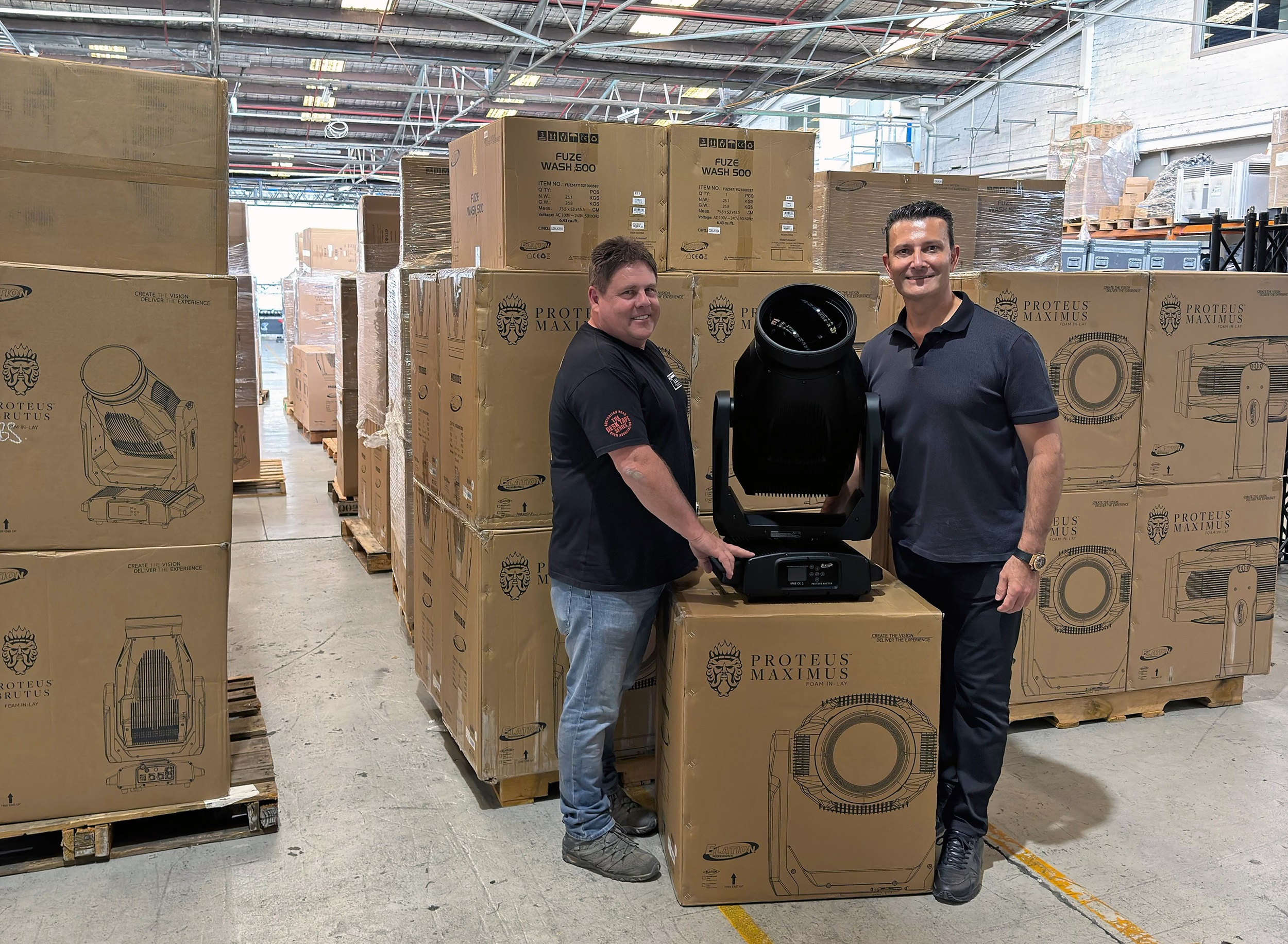VIENNA – Ready to retire their 16-year-old lighting console, the Vienna State Opera has taken delivery of an ETC Gio lighting system, following an extensive search over a number of years. The theater invested in four Gio desks, along with two ETC Remote Processor Units (RPUs) and an ETC Ion system to cover the main stage lighting, auditorium and Kinderzelt, a tent on the roof for children.
More details from ETC (http://www.etcconnect.com):
VIENNA – The Vienna State Opera has taken delivery of an ETC Gio lighting system, following an extensive search over a number of years. Lighting chief Rudolf Fischer told Prospect Magazine: “Our existing desks served us faithfully for 16 years but no longer met our requirements. They lacked a moving-light engine, and spare parts were difficult to obtain, making maintenance difficult.” ?
The theater invested in four Gio desks, along with two ETC Remote Processor Units (RPUs) and an ETC Ion system to cover the main stage lighting, auditorium and Kinderzelt, a tent on the roof for children.
“We have a very large repertoire with a very wide range of lighting – there are over 200 shows, dating back to 1957. So, the ability to handle traditional fixtures as well as our old desk could, was very important to us. We watched the market for some time, waiting until technology had developed sufficiently. ETC’s Gio proved to be perfect.”
“From the beginning, we said that we wanted to work with a local firm in Vienna, if only so that they could quickly respond to calls for technical assistance. Lighting Innovation has a long-standing relationship with ETC both in Germany and the US, as well as having a local presence with spare parts readily available.”
It was, of course, the primary programmer, Herbert ReehSawker, who represents the users of the system, and it was important that he agreed with the decision. He says, “We tested various control desks and decided that Gio was the best of all of them. One of the decisive factors was the desk’s stability. We were impressed, for example, that when we pulled the cable out of the back of the desk, the backup immediately took over.”
“It’s clear that the operating system has been well tested, and the desk meets our key criteria: It’s portable, manageable and has collapsible screens – perfect for using in the confined space of our control room. It’s like the ETC Eos but in a more compact design.”
“We were very excited about the opportunities the new system presents us; every day, we find more functions that we couldn’t have done before. The training that Lighting Innovation provided was invaluable and showed us how easy the desk is to operate, including customizing the user-interface. Once all our shows had been imported from the old desk, everything got so much easier for both myself and the lighting designer – and now, loading a show takes seconds, rather than minutes.”
“We received a total of three training sessions, but of course there were many more questions after the first rehearsals, which Lighting Innovation was happy to answer.”
“There are now 45 network Gateways, which mostly translate into Ethernet signals to control the dimmers and moving lights; we use them to trigger lighting effects via timecode. Operating the entire network has become so much easier.”
Twenty-eight ETC four-port Gateways make up the backbone of the data-distribution network and are assembled in racks around the opera house. A number of other Gateways are conveniently located in different positions around the building, ready to use.
Vienna State Opera’s technical director Peter Kozak has the last word: “The introduction of the new system has worked wonderfully, especially when compared to the last renovation 16 years ago. For me as a technical manager, that is absolutely fantastic. The transition was seamless, and the audience would not have noticed the difference.”
Photo: Christian Allabauer, Lighting Innovation


